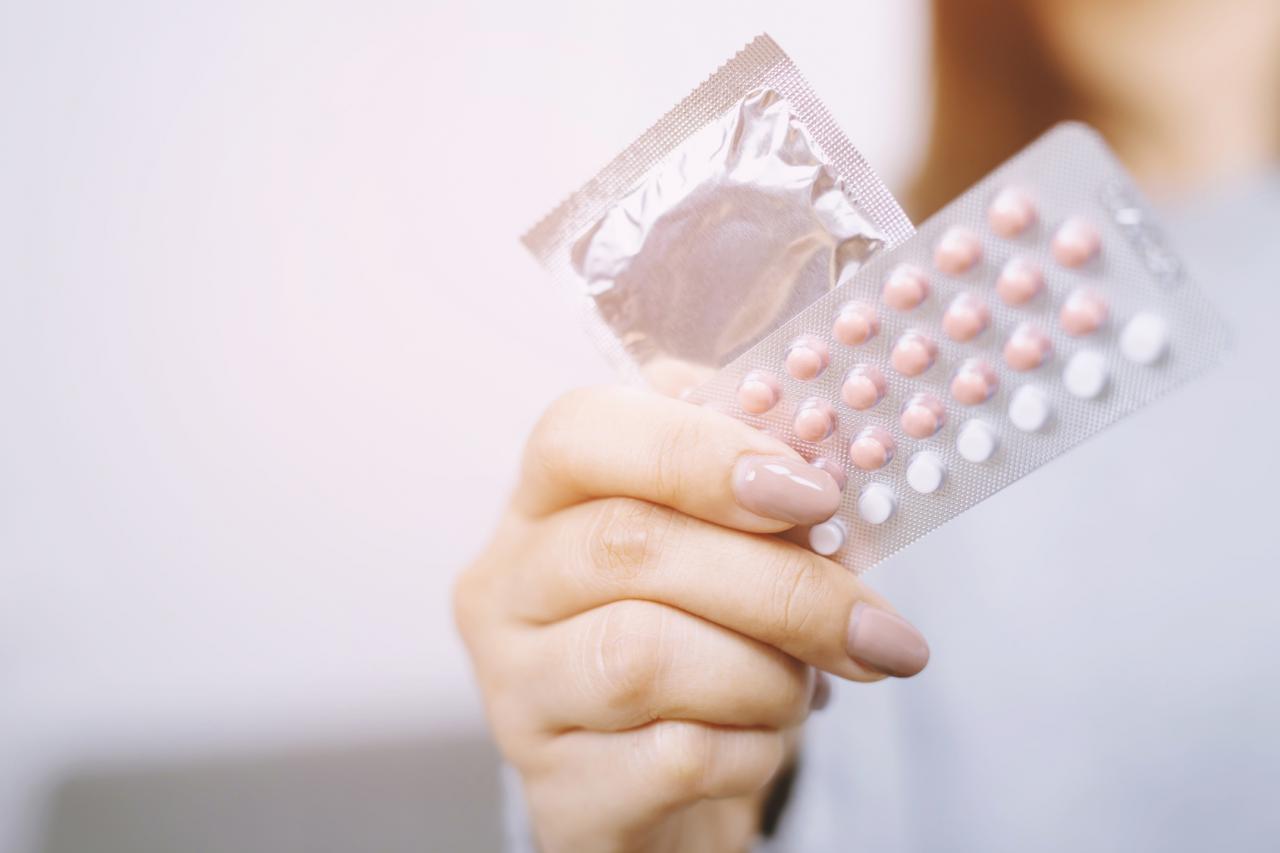It's one of the first and cheapest stops along the path of infertility treatment--intrauterine insemination, or IUI. As straightforward as it sounds, the process begins by retrieving a sperm sample and then, you guessed it, inserting it directly into the uterus through the cervix.
But while the process seems simplistic, the emotional, financial and biological (success rate) concerns that come along with it are not.
Infertility is an all-encompassing diagnosis. It can mean that a person is unable to help conceive/fertilize a pregnancy (a problem with the egg, sperm, or tubes), unable to support a pregnancy (a problem with the uterus), or unable to carry that pregnancy to full term (40 weeks gestation).
It's important to realize that among these causes, or combination of causes, infertility is just as often a male factor problem as it is a female factor problem.
When the issue is male factor (for example, less mobile or poorly shaped sperm), IUI becomes the go-to treatment. The thought here is that if doctors can transport sperm directly where they need to be inside the uterus, the sperm/egg meet-up will happen faster, easier and without interference.
Some other reasons why your doctor might chose IUI include: the use of donor sperm; a problem with the cervix (if the cervical fluid is too thick, sperm will be unable to pass through it without help); a female partner's allergy to semen; or even for unexplained cases of infertility.
IUI can also be combined with medications that induce ovulation if the problem is multi-factorial and the result of both sperm and egg issues.
Risks of IUI include multiple gestations like twins, especially if used in combination with ovulation induction medications, and far less commonly, infection from entering the uterus with the insertion tool.
If you're considering IUI or any type of infertility treatment, cost and success rates become paramount to this discussion. At the University of California, San Francisco Center for Reproductive Health for example, a single IUI attempt runs around $500 without insurance. Their current IUI success rate per attempt is 14-15%.
Note: This is just one example that does not include age-breakdowns or the costs of other associated work-up tests (semen analysis,hormone panels, ultrasounds that often accompany IUI). Also the Society for Assisted Reproductive Technology (SART) does not include IUI success rates in their national database of fertility treatment outcomes, but these statistics are usually accessible by calling an infertility center and asking them directly.





Add a CommentComments
There are no comments yet. Be the first one and get the conversation started!